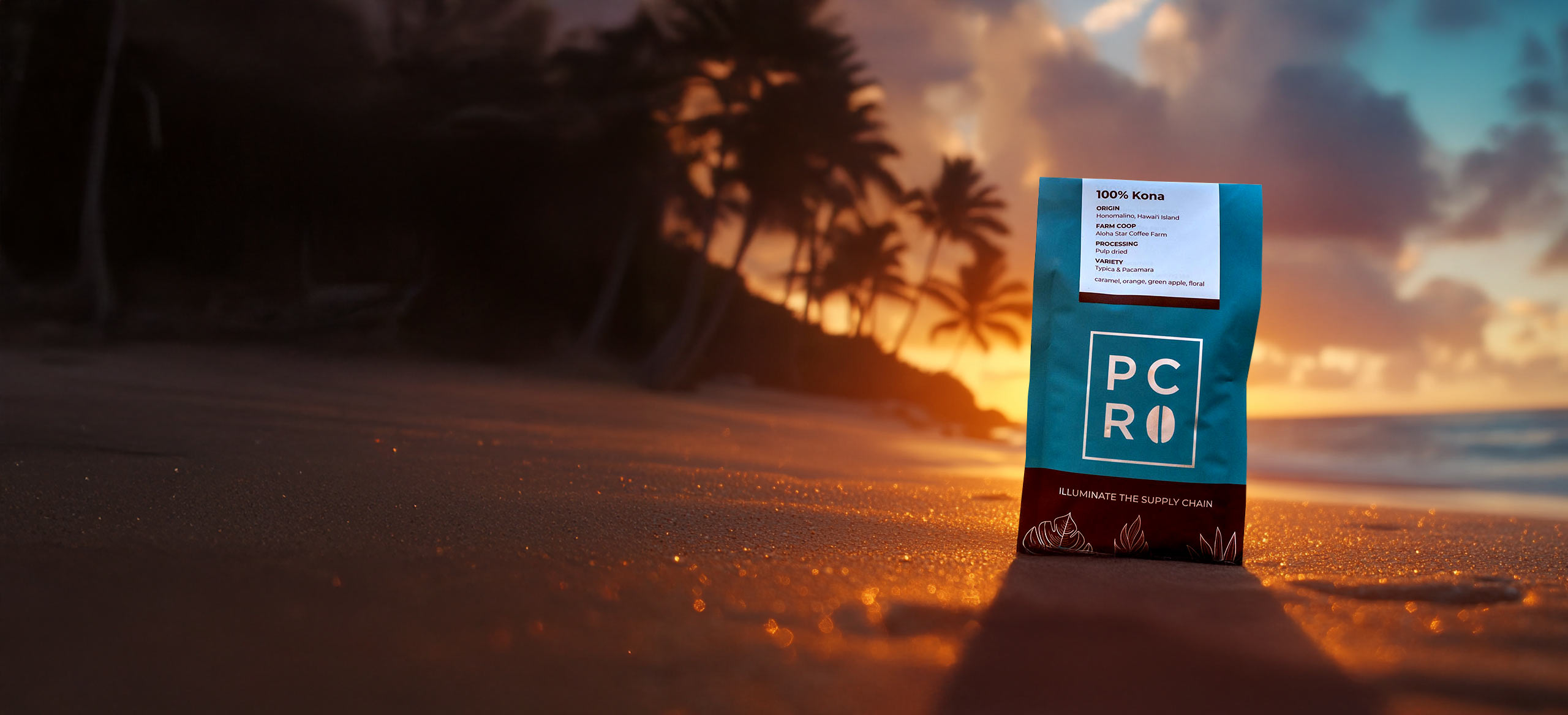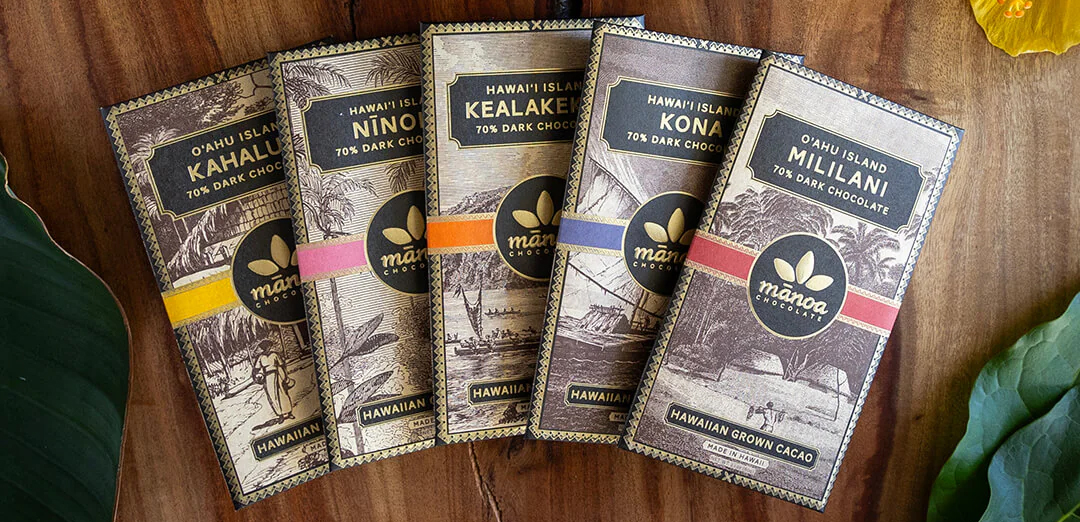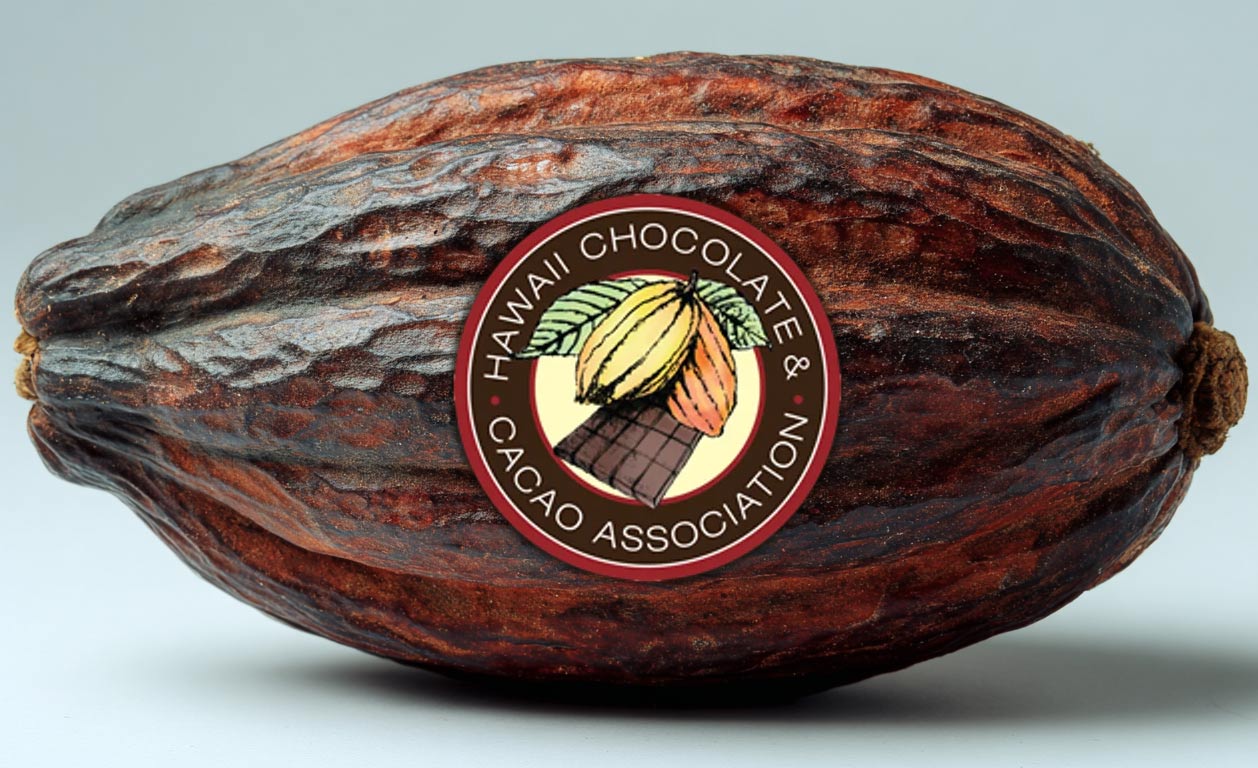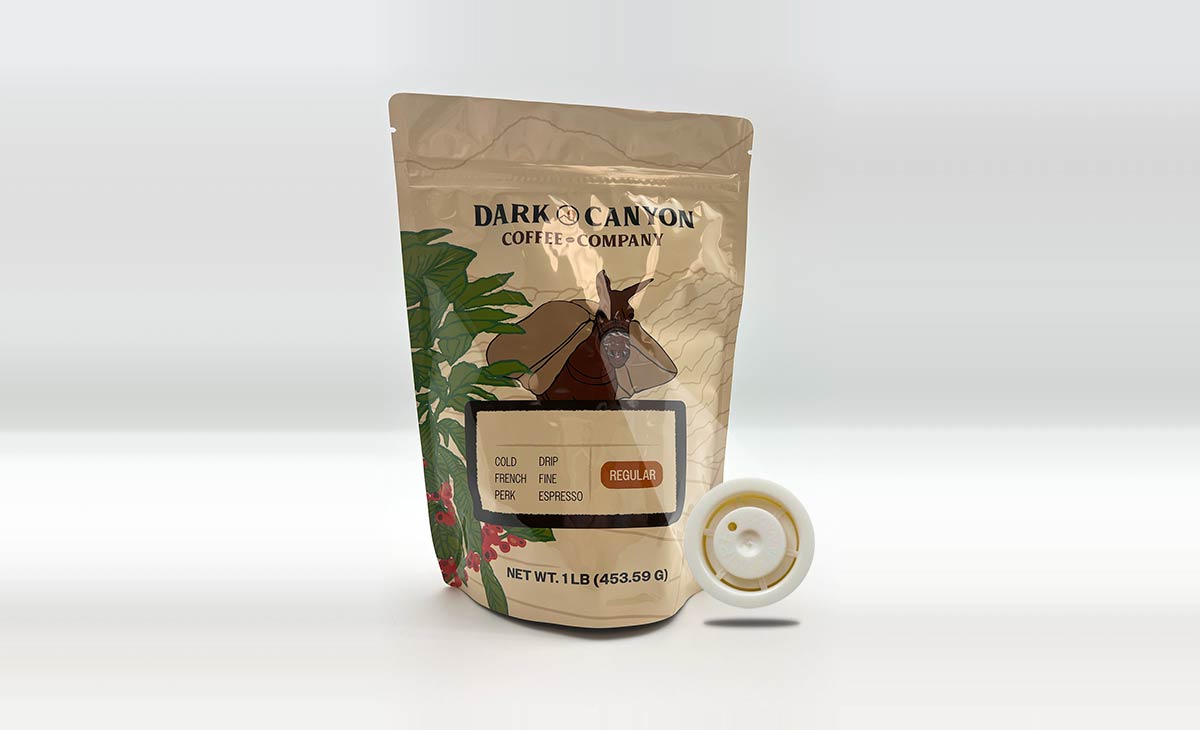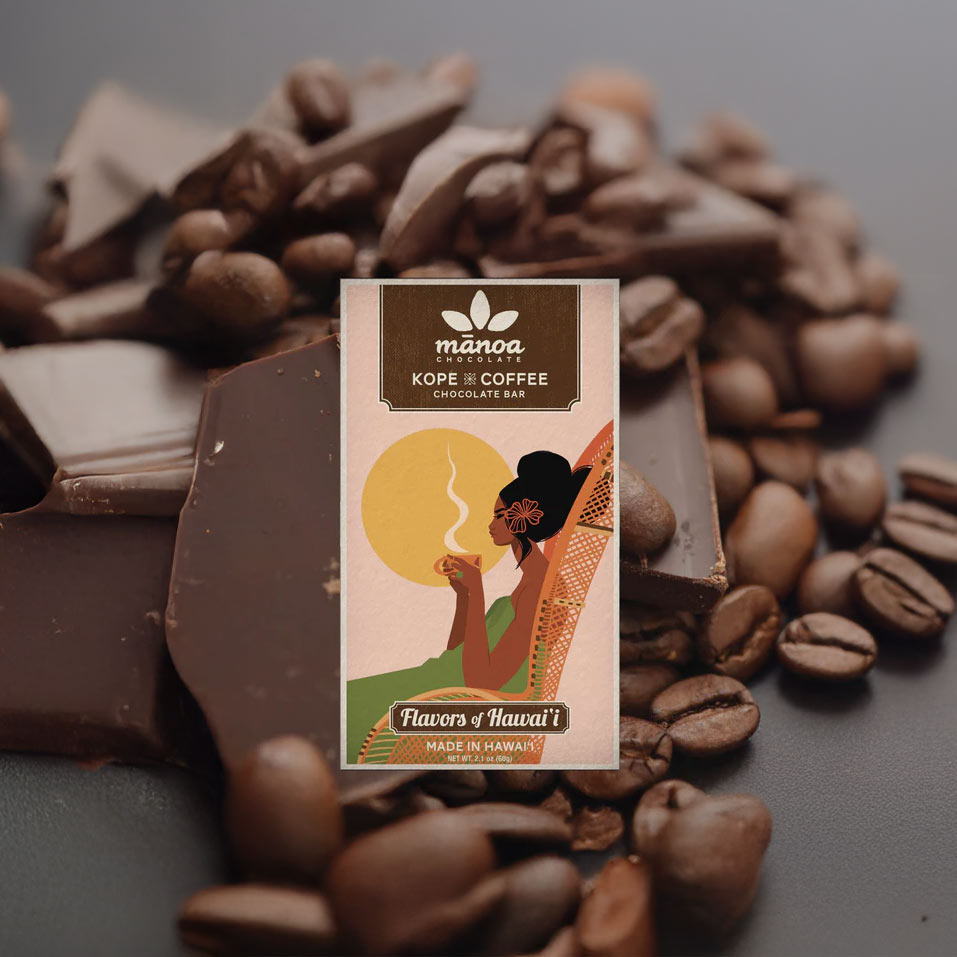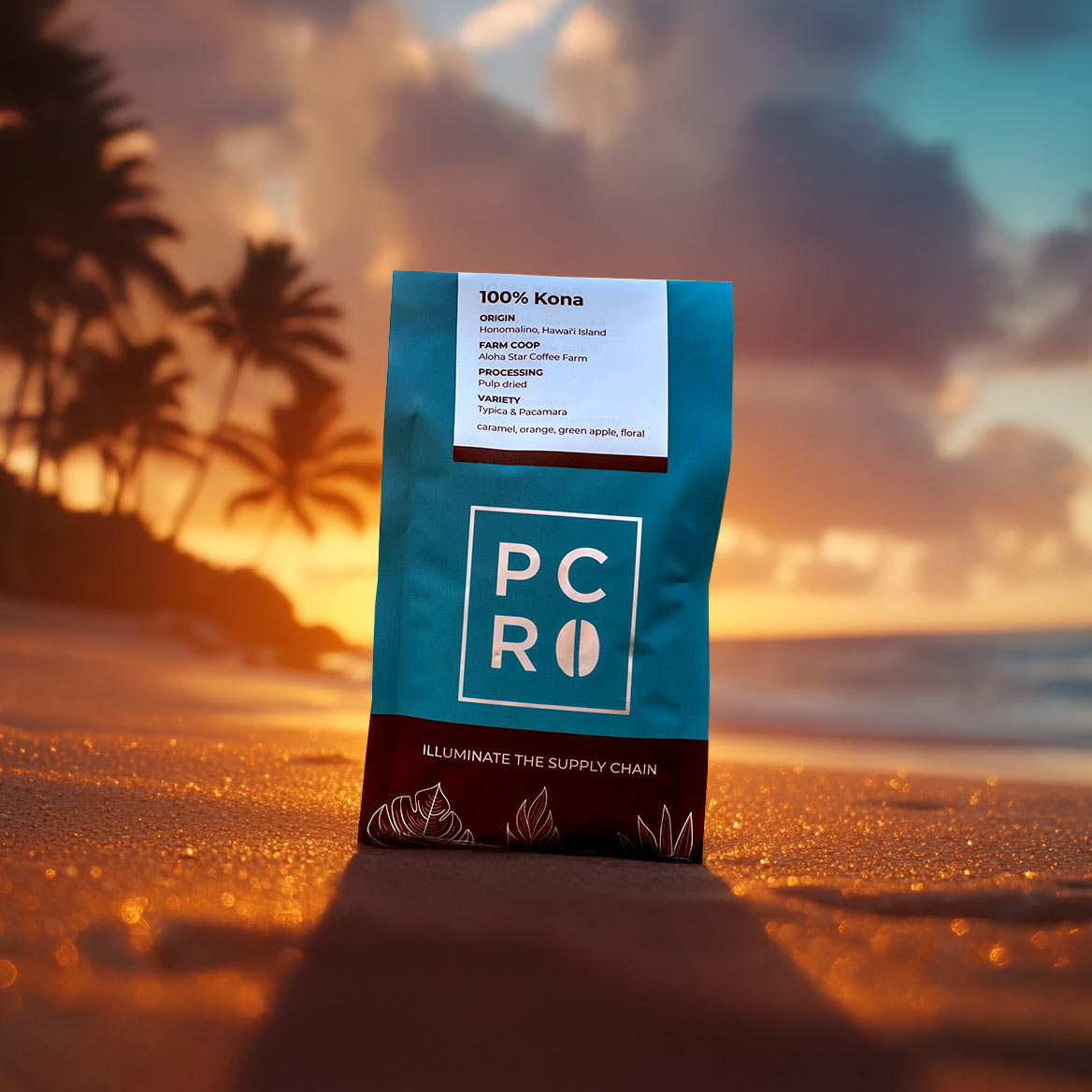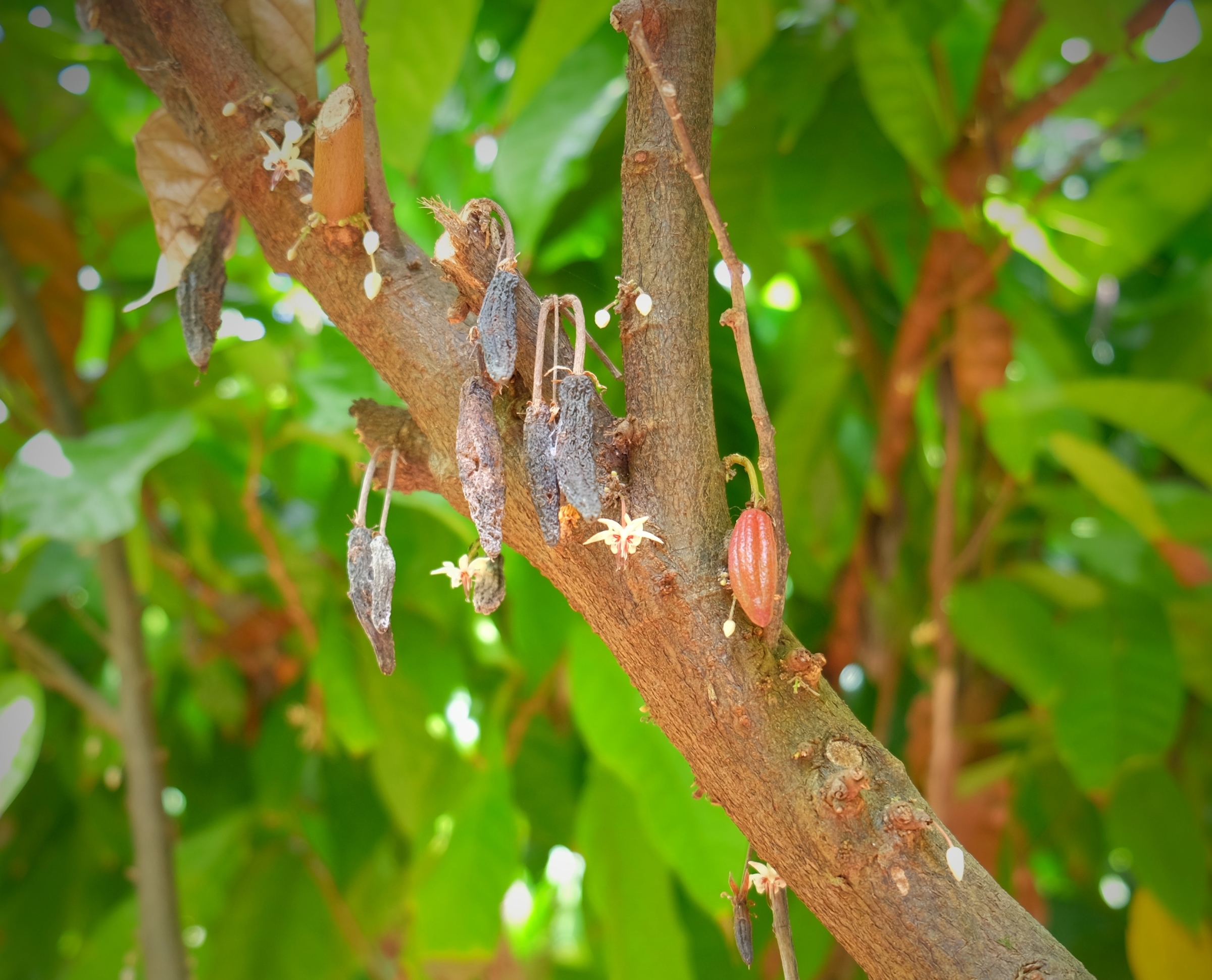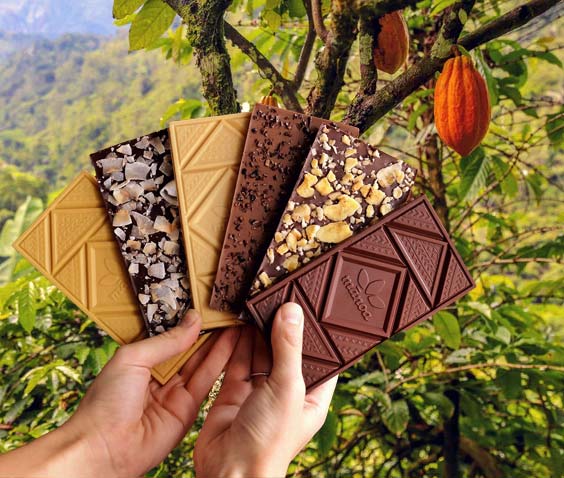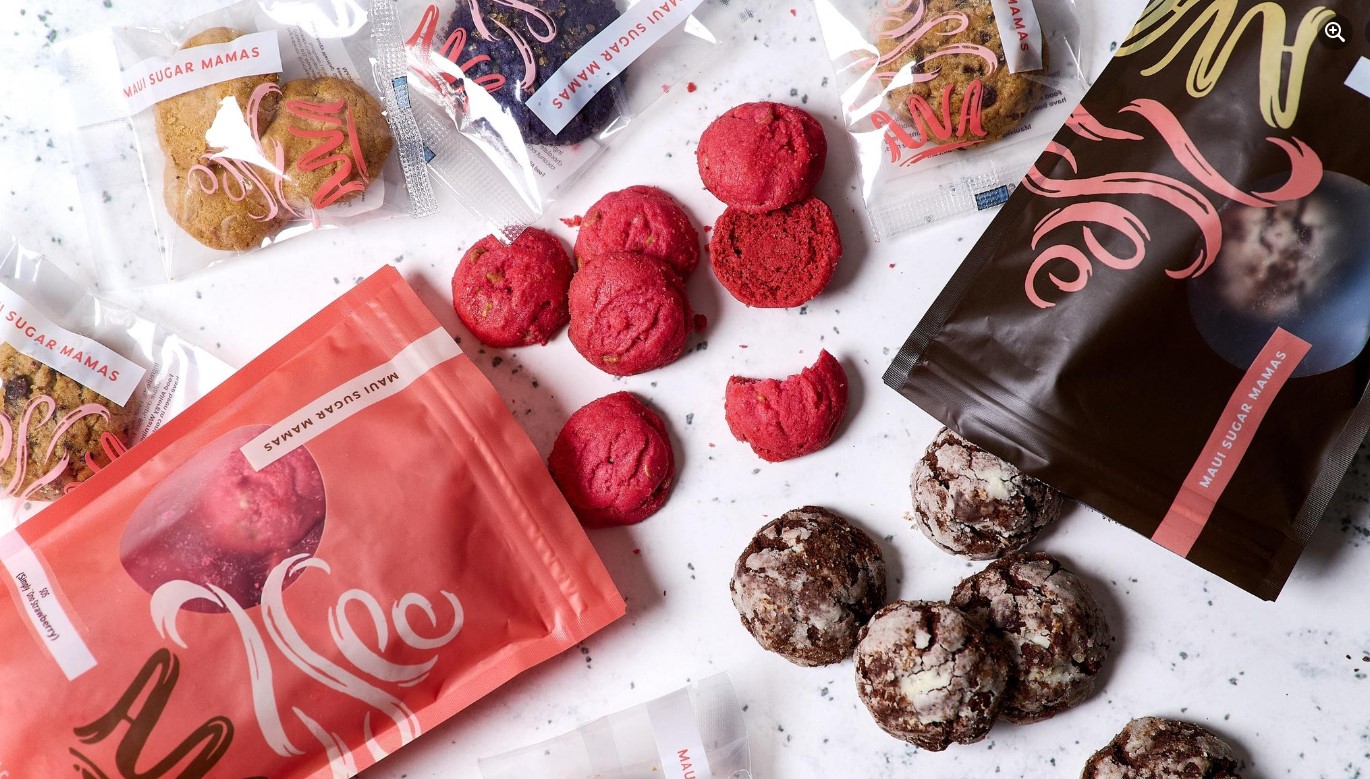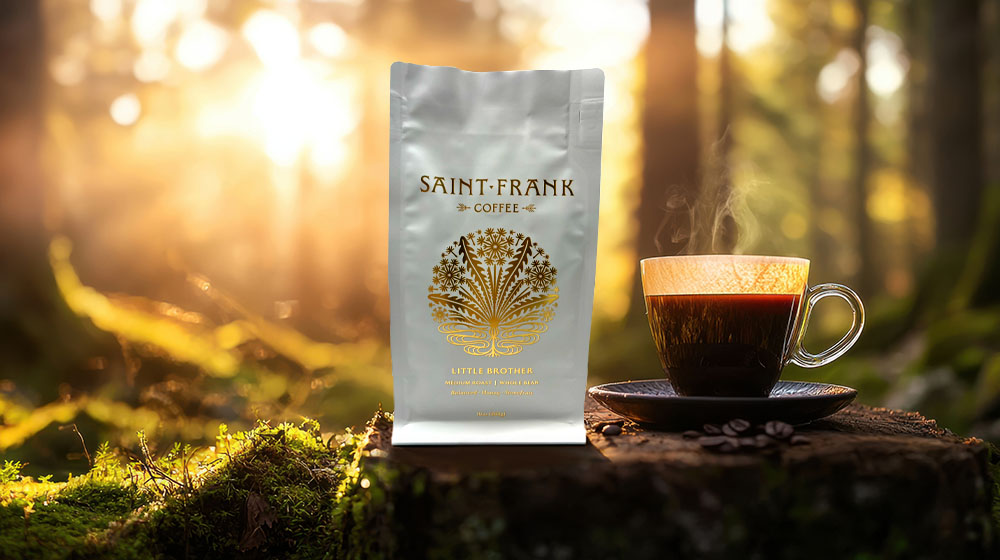Resealability: A Difference in Use Time
Coffee bags almost always benefit from resealability. Most coffee consumers don’t use the full bag in one sitting, so features like:
- Press-to-close or pull tab zippers
- Tin ties or metal clips with customizable colors and engravements
- Resealable tape
help keep the contents fresh longer.
Chocolate bars, on the other hand, are often consumed quickly or shared. Resealable packaging is more common with cocoa nibs or chocolate-covered snacks. For bars, many brands stick with simple wrappers or paper sleeves that are meant to be opened once and finished soon after.
If chocolate is packaged in a pouch, it may include a zipper, especially for gift sets or resealable snack bags.
Sustainability Trends in Both Categories
Eco-friendly packaging has become a growing focus for both coffee and chocolate brands. They are adopting more compostable, recyclable, and plant-based materials. Some of the trends include:
For Coffee
- Compostable PLA-lined kraft bags
- Mono-material recyclable pouches
- Recyclable valves made from PLA or PE
For Chocolate
- Foil replaced with recyclable paper wraps
- Home-compostable cellulose-based films
- Paperboard inserts or trays replacing plastic molds
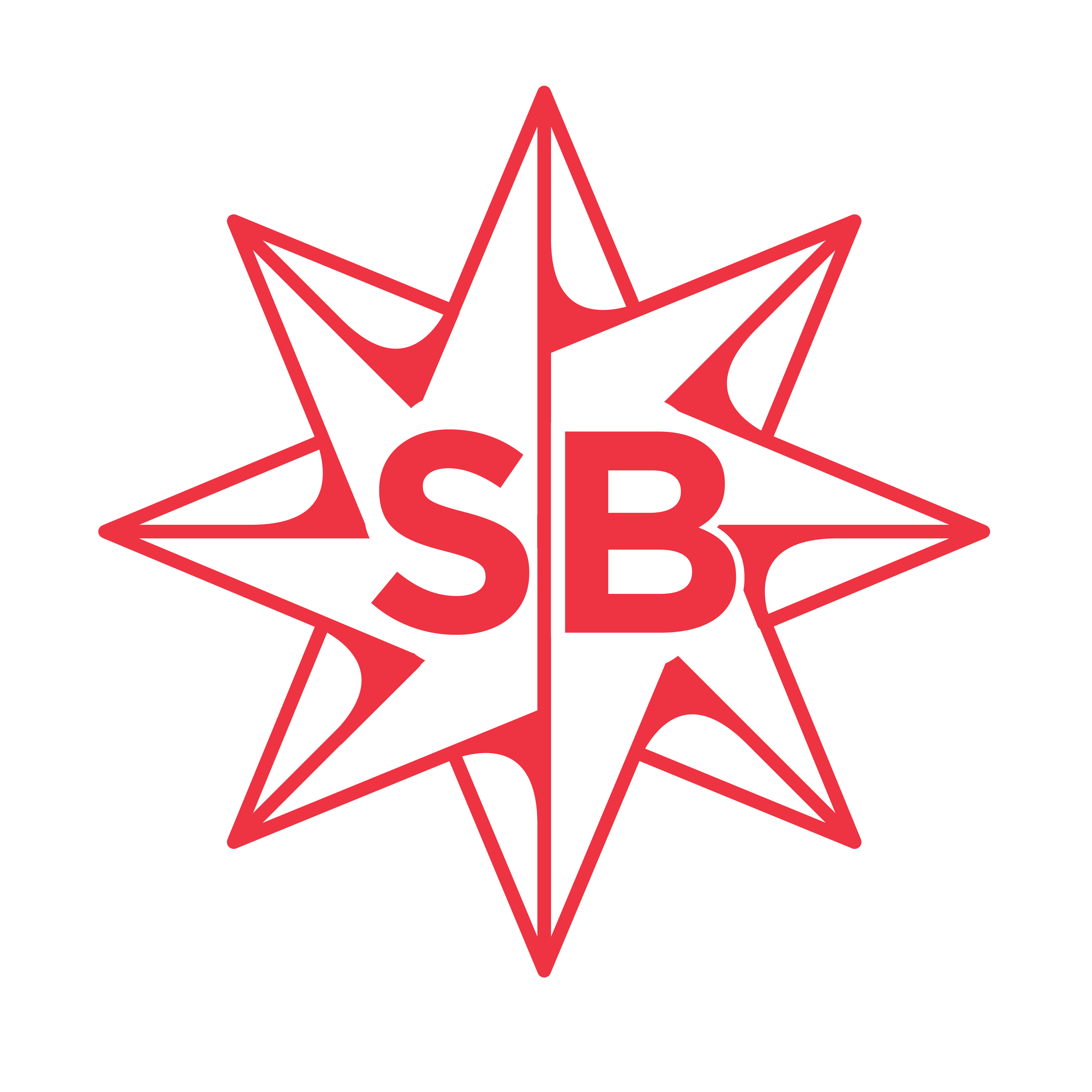 Contact Our Team!
Contact Our Team!3x SCA Best New Product Award Winner
Industrial Compostable Packaging
Din Certo Certified
Your Very Own White Label Mobile App
Pono Collective: Providing Coffee Education
Lower MOQs With Our Digital Print Process
Setting Trends While Elevating Your Brand


